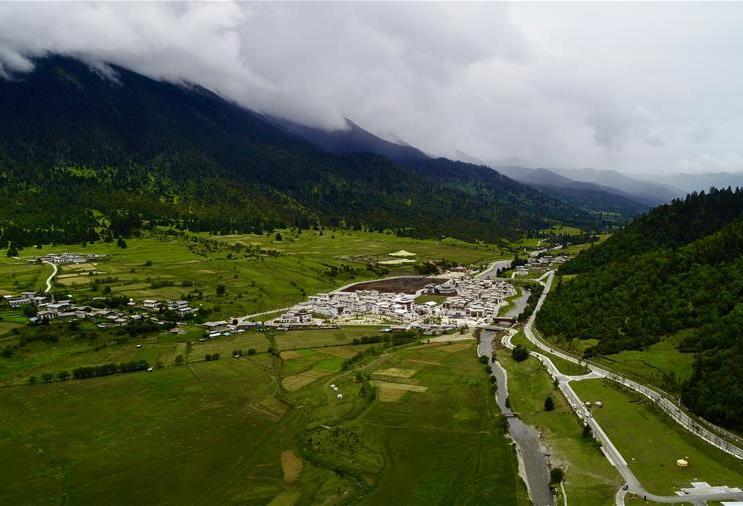Snow leopard guardians in China
The snow leopard (Panthera uncia), one of the world's most mysterious big cats, is native to the snow-capped mountains in central and southern Asia, inhabiting the Himalayas for 2 million years as a top predator.
Around 60 percent of its natural habitat lies in China, where concerted efforts have been dedicated to protecting the species, which is vulnerable to climate change, habitat loss and human activities such as poaching, according to a report released on the International Snow Leopard Day on Oct. 23.
The big cat's guardians in China are planning to conduct a large-scale survey to figure out the statistical population of the so-called "King of the Snowy Mountains" in the country by 2023.
A FIVE-YEAR PLAN
"We propose to survey at least 340,000 square km or 20 percent of the snow leopard's total habitat within the next five years," said Liang Xuchang, director of the Guangzhou Yuanwang Wildlife Rescue and Service Center.
With data collected by 2023, it could be possible to estimate the total population of snow leopards in China, he told the audience at the report release in Beijing. The assessed area so far covers a mere 1.7 percent of the snow leopard's habitat in China.
The report titled "Status of Snow Leopard Survey and Conservation, China 2018", which compiles 57 studies and conservancy work done in China between 1980 and 2018, was jointly released by 19 research institutes and non-profit organizations.
All are members of China's Snow Leopard Network, a platform aiming to promote joint efforts in safeguarding snow leopards and all species in the Himalayan region.
The report suggested that greater financial aid and manpower should be invested into protecting the species considered emblematic and a major indicator of the highland's eco-balance.
It also called for government efforts in strengthening the monitoring of protected areas and raising public awareness to better protect the animal at the top of the alpine food chain.
Weak protection by local governments, climate change and lack of community support are the main threats that snow leopards are facing, followed by poaching, habitat fragmentation and human activities, warned Xiao Lingyun, a post-doctoral researcher with Peking University.
With the proper technology and diligent practices, snow leopards are likely to become another successful example of China's efforts in preserving wildlife, Liang said. "In the future, there is hope that China will become a major contributor to the protection of global biodiversity."
Your Comment
Name E-mailRelated News
-
-
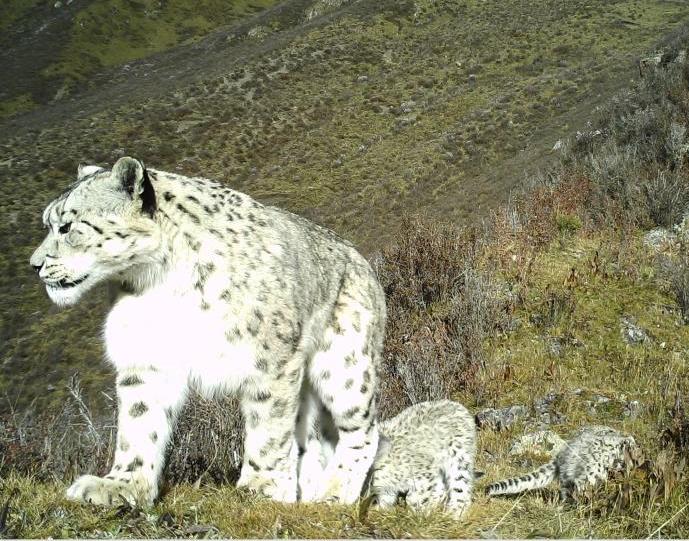
-
60% of world's snow leopard habitats located in China: report
Sixty percent of the world's snow leopard habitats are located in China, according to a report released by the country's 19 protection organizations and research institutes.
-
-
-
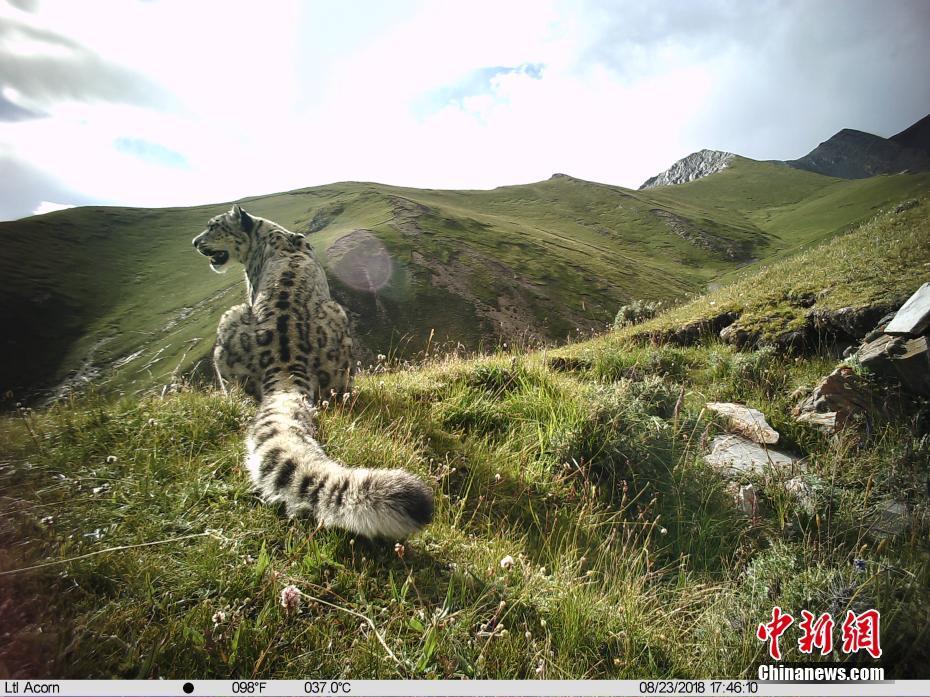
-
Snow leopard captured in the source of Yangtze River region
On September 18, a series of photos of snow leopard photographed by infrared camera were released by People's government of Chumarle County, Yushu Tibetan Autonomous Prefecture, Qinghai province.
-
-
-
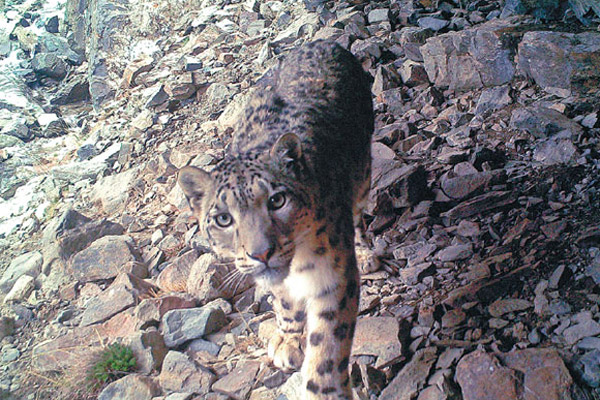
-
Herders on the frontline in protecting snow leopard
Sanjiangyuan, the source of China's major rivers, is a major habitat for the snow leopard, a Class-A protected animal in the country. Its population in the area is estimated to exceed 1,000.
-
-
-
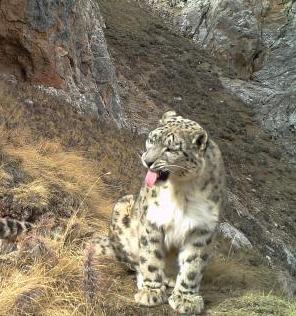
-
Snow leopard habitats expand in China
Chinese researchers said Thursday that the habitats of rare snow leopards have been expanding in recent years, as the big cat has been sighted in more areas of China.
-
-
-
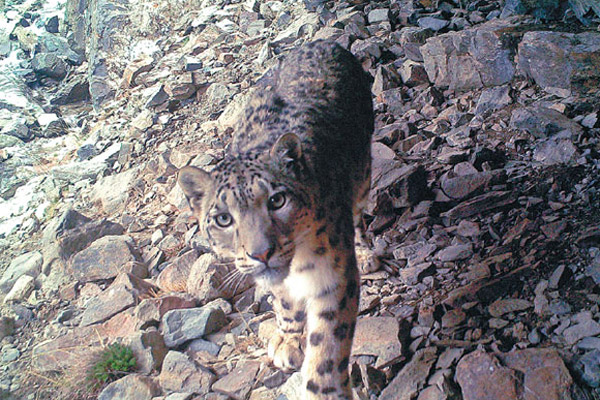
-
Over 1,000 snow leopards live in Sanjiangyuan area
Cameras have captured more than 50,000 pictures of snow leopards since 2011 in Sanjiangyuan.
-





